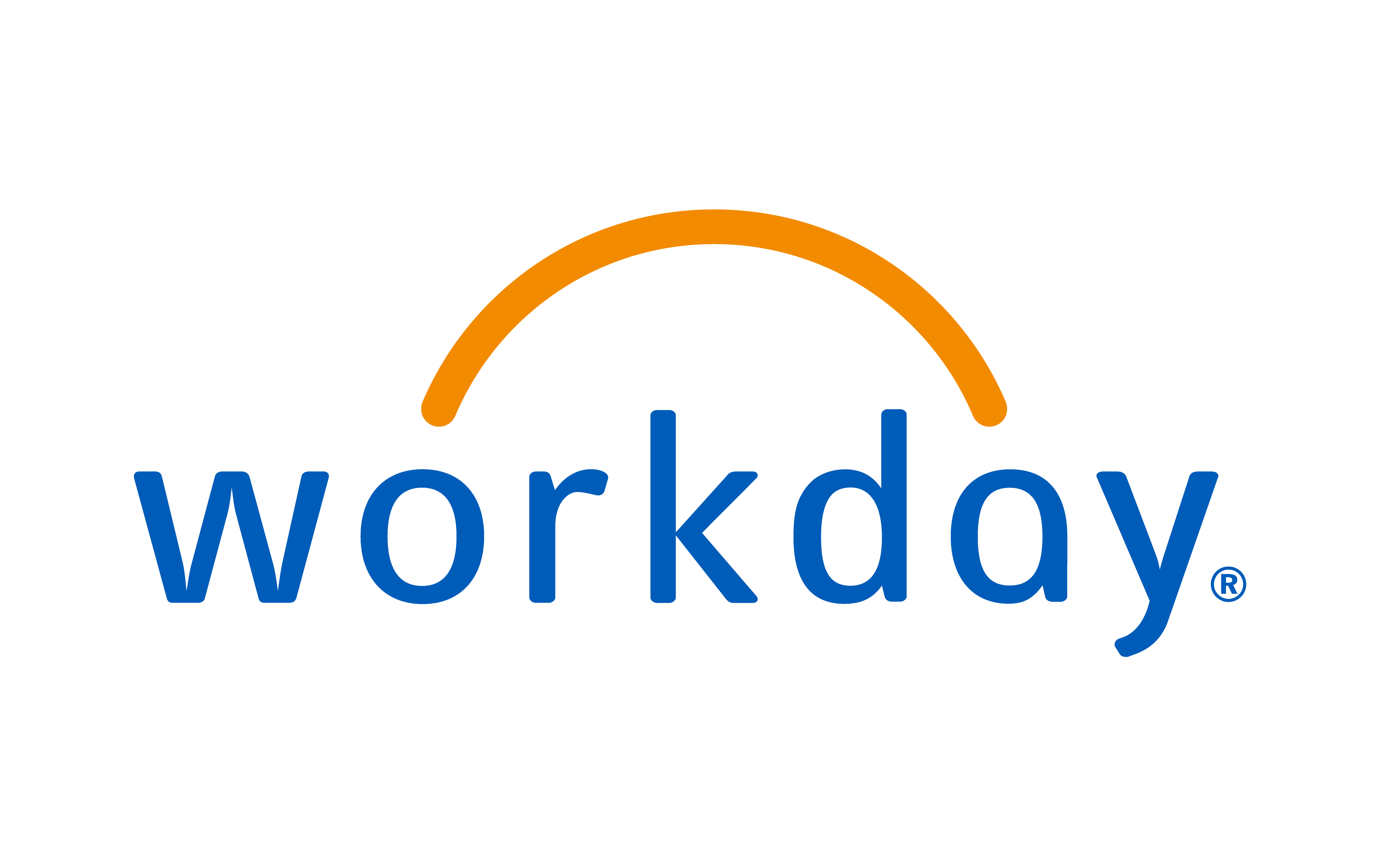Community Update
5 Key Challenges for CEOs

The insecurity of the CEO is rarely discussed. To the outside world, the leader of a business will be able to find inspiration when ideas seem thin on the ground, effortlessly demonstrating that they have it all under control when talking to customers, shareholders, employees and the media. It’s something of a conjurer’s trick, concealing their own entirely natural questions and concerns about strategy, people and what the future holds.
It takes discipline to keep a cool head when others around you are losing theirs. As part of our latest filmed series, The Challenges of the CEO, in association with IBM, we spoke to a range of leaders to get behind the facade and find out what’s really been playing on their minds.
1) Leadership as Performance Art
While not wanting to be known as a court jester, leaders need to combine substance with a style that makes people believe in what’s being said. Paul Matthews, CEO for the UK and Europe at insurer Standard Life, says that “the challenge for any business today is to get its employees [engaged] and to understand what’s different about what their company does”.
Flashes of inspiration and the ability to inspire will go hand-in-hand. Paul Budge, UK & Ireland Managing Director at consumables distributor and outsourcing business Bunzl, says: “[Managers and staff] have got to feel they’re in control and they’re empowered to run their business, so my role now is far more one of winning hearts and minds and getting people to do things because they think that it’s a good idea.”
Andrew Heath, President of Energy at engine maker Rolls-Royce, says it “comes down to making sure that we have a clearly articulated and communicated strategy that people can align to”.
2) Going with Gut Feel
For every CEO, there is the dilemma of looking at what the data is telling you versus going with your instinct. Paul Molyneux, President and CEO of Sharp Electronics in Europe, says: “As you develop in the CEO role it’s important that you can prove your ‘gut feel’ through information, because you have to be able to explain and defend important decisions in order to take people with you…
“[But] my own personal mistakes in the past have been when I took too long to make a decision, particularly around people, where your gut feel can often provide the right answer for you quite early on.”
Stephen Bates, Senior Vice President of Global Enterprise and Government Accounts at smartphone maker BlackBerry, agrees: “My view is to make the best call you can in a timely enough way that the information can be ratified and executed with the information you’ve got to hand, and try not to get distracted by constantly assessing the situation.”
3) Knowing When to Step Back
Limited time, combined with enormous amounts of complexity, means that a CEO cannot keep trying to do everything (dabblers are the worst kind of leaders).
Simon Calver, CEO of retailer Mothercare, comments: “You have to stop doing stuff. The way I like to think about it is you have to be on the business not in the business, because you have people that do the detail day by day.”
As the newly appointed Group CEO of the soft drinks business Nichols plc, it’s something that Marnie Millard has quickly realised is essential to be successful in the role. “It’s about learning to take a step back and listen to the executive team around you, particularly when you’ve been involved in a large commercial arena where you become very used to ‘doing’.
“You need to be able to coach people and allow things to evolve through discussion a lot more than directing individuals, because at this senior level there’s a lot of experience around the table which you need to be able to tap into… You need to listen to your trusted senior executive team.”
4) Strategy & Execution
For divisional and regional CEOs, the pressure is always on to take group strategy and make it fit locally. Phil Smith, Vice President and Chief Executive for the UK and Ireland at Cisco Systems, says: “With any company, whether you are a divisional CEO or you’re running a function within a company, you have to decide where you get best advantage.
“Although the constraints you’re put under can be frustrating, you’ve also got to realise the scale that the company gets is based on a level of corporate consistency… Working within the constraints is part of the skill of the job.”
The biggest overarching challenge for Sharp Electronics' Paul Molyneux is the need to meet the expectations “of the centre”. He explains: “In Japan, in particular, the culture is ‘if it’s not down on paper, it doesn’t exist’… once the plan is approved then the expectation is that it’s delivered absolutely in line with the plan. But we don’t always have the ability to control the external environment, we do get variances, so we might have to go back and re-manage expectations.”
5) A State of Flux
High-growth markets, innovation and technology, rebuilding trust, an ageing population – these are just some of the items on the agenda of both seasoned and virgin CEOs.
Ashok Vaswani, CEO of Retail and Business Banking at Barclays, comments: “From the external perspective, the expectations of society on big corporations have changed quite dramatically. Keeping up with those expectations is becoming more and more important, whether you define ‘society’ as customers, prospects, regulators, media or the government… getting the purpose of your company out there, how it really makes a difference to society, is becoming a more important aspect of everything we do.”
A similar point is made by Simon: “One thing you need to be conscious of when you work in a well-recognised brand is that your reputation is everything… With social media and the speed of consumer response... reputational integrity, especially when you work in a business like Mothercare that looks after mums and babies, is absolutely crucial.”
Paul Matthews of Standard Life says: “As CEO, I have to represent all of our stakeholder groups, and they are each looking for different things. Customers want to shop around and pay the cheapest prices they can, but shareholders want me to invest as little as I need to in order to pay them as good a dividend as I can pay and provide stability for them. I can’t provide stability if my customers are behaving in a different way every day, every week, every month.”
In this context, according to Paul, “success is about getting customers, advisors, regulators, staff and shareholders into a place where they feel they are taking something out of the relationship”.
It’s not unusual for leaders to talk up having good people around them, but over recent years you sense they really do need quality individuals and have appreciated the combined effort it’s taken to navigate the strategic and operational uncertainties. Jason Dies, General Manager of IBM's Global Process Services in Europe, and part of IBM Europe’s Leadership Team, comments: “The broader scope of the CEO role is seen as significant and the need to surround yourself with the brightest and most diverse talent is more important than ever.”
Pragmatism, decisiveness, and a keen eye for risk, will all stand a CEO in good stead, along with an appetite to keep learning and discovering new ways to overcome the countless challenges out there. “The worst thing you can do in this environment is get yourself bent out of shape about the things you can’t control,” says Phil. “Deal with the world the way it is, rather than the way you would like it to be.”
I hope to see you soon.
Matthew
https://twitter.com/criticaleyeuk
It takes discipline to keep a cool head when others around you are losing theirs. As part of our latest filmed series, The Challenges of the CEO, in association with IBM, we spoke to a range of leaders to get behind the facade and find out what’s really been playing on their minds.
1) Leadership as Performance Art
While not wanting to be known as a court jester, leaders need to combine substance with a style that makes people believe in what’s being said. Paul Matthews, CEO for the UK and Europe at insurer Standard Life, says that “the challenge for any business today is to get its employees [engaged] and to understand what’s different about what their company does”.
Flashes of inspiration and the ability to inspire will go hand-in-hand. Paul Budge, UK & Ireland Managing Director at consumables distributor and outsourcing business Bunzl, says: “[Managers and staff] have got to feel they’re in control and they’re empowered to run their business, so my role now is far more one of winning hearts and minds and getting people to do things because they think that it’s a good idea.”
Andrew Heath, President of Energy at engine maker Rolls-Royce, says it “comes down to making sure that we have a clearly articulated and communicated strategy that people can align to”.
2) Going with Gut Feel
For every CEO, there is the dilemma of looking at what the data is telling you versus going with your instinct. Paul Molyneux, President and CEO of Sharp Electronics in Europe, says: “As you develop in the CEO role it’s important that you can prove your ‘gut feel’ through information, because you have to be able to explain and defend important decisions in order to take people with you…
“[But] my own personal mistakes in the past have been when I took too long to make a decision, particularly around people, where your gut feel can often provide the right answer for you quite early on.”
Stephen Bates, Senior Vice President of Global Enterprise and Government Accounts at smartphone maker BlackBerry, agrees: “My view is to make the best call you can in a timely enough way that the information can be ratified and executed with the information you’ve got to hand, and try not to get distracted by constantly assessing the situation.”
3) Knowing When to Step Back
Limited time, combined with enormous amounts of complexity, means that a CEO cannot keep trying to do everything (dabblers are the worst kind of leaders).
Simon Calver, CEO of retailer Mothercare, comments: “You have to stop doing stuff. The way I like to think about it is you have to be on the business not in the business, because you have people that do the detail day by day.”
As the newly appointed Group CEO of the soft drinks business Nichols plc, it’s something that Marnie Millard has quickly realised is essential to be successful in the role. “It’s about learning to take a step back and listen to the executive team around you, particularly when you’ve been involved in a large commercial arena where you become very used to ‘doing’.
“You need to be able to coach people and allow things to evolve through discussion a lot more than directing individuals, because at this senior level there’s a lot of experience around the table which you need to be able to tap into… You need to listen to your trusted senior executive team.”
4) Strategy & Execution
For divisional and regional CEOs, the pressure is always on to take group strategy and make it fit locally. Phil Smith, Vice President and Chief Executive for the UK and Ireland at Cisco Systems, says: “With any company, whether you are a divisional CEO or you’re running a function within a company, you have to decide where you get best advantage.
“Although the constraints you’re put under can be frustrating, you’ve also got to realise the scale that the company gets is based on a level of corporate consistency… Working within the constraints is part of the skill of the job.”
The biggest overarching challenge for Sharp Electronics' Paul Molyneux is the need to meet the expectations “of the centre”. He explains: “In Japan, in particular, the culture is ‘if it’s not down on paper, it doesn’t exist’… once the plan is approved then the expectation is that it’s delivered absolutely in line with the plan. But we don’t always have the ability to control the external environment, we do get variances, so we might have to go back and re-manage expectations.”
5) A State of Flux
High-growth markets, innovation and technology, rebuilding trust, an ageing population – these are just some of the items on the agenda of both seasoned and virgin CEOs.
Ashok Vaswani, CEO of Retail and Business Banking at Barclays, comments: “From the external perspective, the expectations of society on big corporations have changed quite dramatically. Keeping up with those expectations is becoming more and more important, whether you define ‘society’ as customers, prospects, regulators, media or the government… getting the purpose of your company out there, how it really makes a difference to society, is becoming a more important aspect of everything we do.”
A similar point is made by Simon: “One thing you need to be conscious of when you work in a well-recognised brand is that your reputation is everything… With social media and the speed of consumer response... reputational integrity, especially when you work in a business like Mothercare that looks after mums and babies, is absolutely crucial.”
Paul Matthews of Standard Life says: “As CEO, I have to represent all of our stakeholder groups, and they are each looking for different things. Customers want to shop around and pay the cheapest prices they can, but shareholders want me to invest as little as I need to in order to pay them as good a dividend as I can pay and provide stability for them. I can’t provide stability if my customers are behaving in a different way every day, every week, every month.”
In this context, according to Paul, “success is about getting customers, advisors, regulators, staff and shareholders into a place where they feel they are taking something out of the relationship”.
****
It’s not unusual for leaders to talk up having good people around them, but over recent years you sense they really do need quality individuals and have appreciated the combined effort it’s taken to navigate the strategic and operational uncertainties. Jason Dies, General Manager of IBM's Global Process Services in Europe, and part of IBM Europe’s Leadership Team, comments: “The broader scope of the CEO role is seen as significant and the need to surround yourself with the brightest and most diverse talent is more important than ever.”
Pragmatism, decisiveness, and a keen eye for risk, will all stand a CEO in good stead, along with an appetite to keep learning and discovering new ways to overcome the countless challenges out there. “The worst thing you can do in this environment is get yourself bent out of shape about the things you can’t control,” says Phil. “Deal with the world the way it is, rather than the way you would like it to be.”
I hope to see you soon.
Matthew
https://twitter.com/criticaleyeuk










 (002).png)















